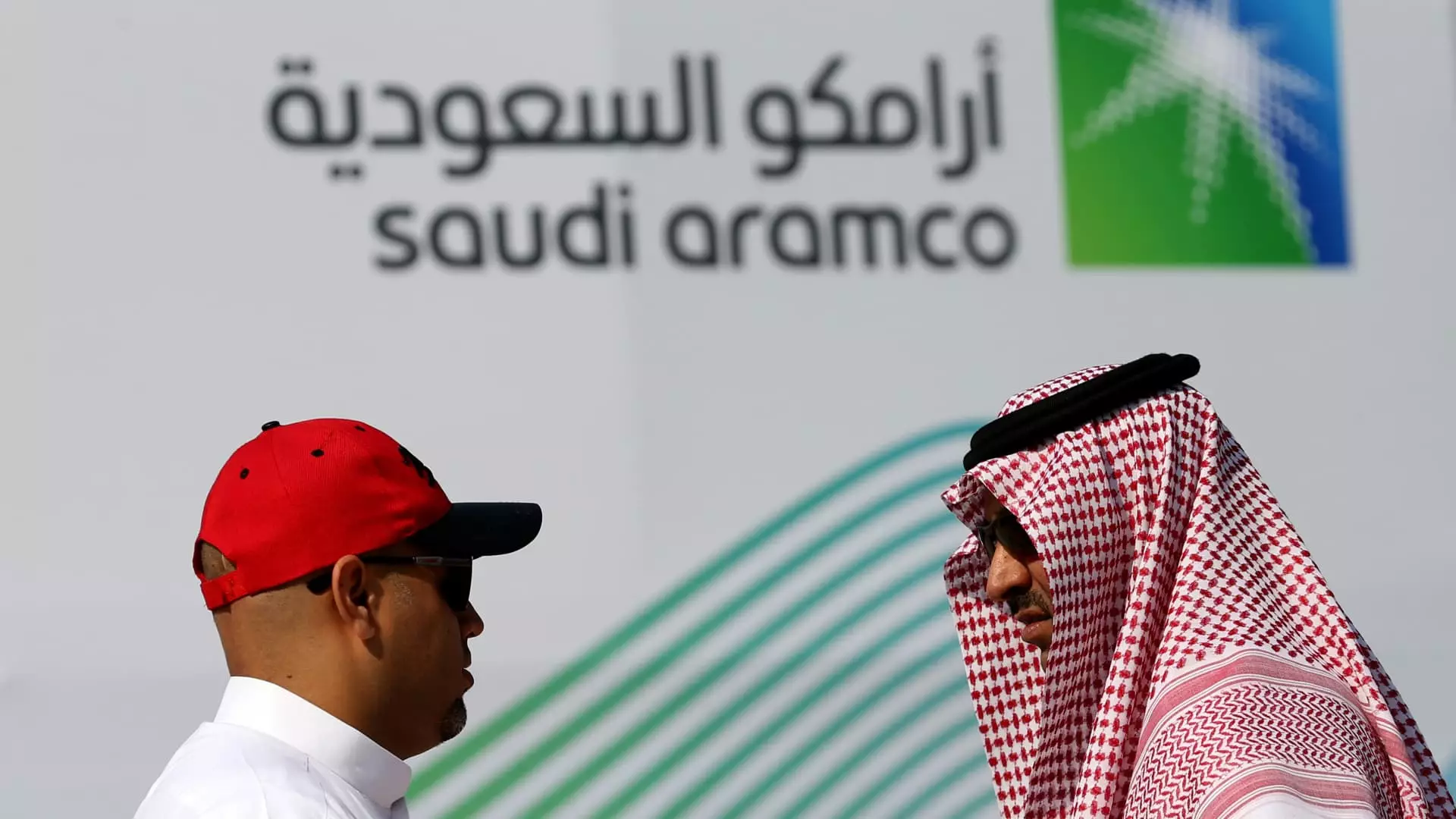Saudi Aramco, the state oil giant, reported a net profit of $29.1 billion for the second quarter of the financial year, showing a slight decrease of just over 3% compared to the same period last year. The decline in profits can be attributed to the low crude production volumes that the company experienced during this quarter. This decrease in production volumes has impacted the overall financial performance of the company, and it has reflected in the net income for the first half of the year, which stood at $56.3 billion, down from $62 billion in the same period last year.
Despite the dip in profits, Aramco managed to generate free cash flow of $19 billion in the second quarter of this year, compared to $23.2 billion in the previous year. The company has reaffirmed its second-quarter base dividend of $20.3 billion and has declared a performance-linked dividend of $10.8 billion to be paid in the third quarter. This move by Aramco aims to share the upside with its shareholders while ensuring sustainable and progressive dividends. The company has set the expectation of declaring total dividends of $124.2 billion in 2024, as stated in its earnings release.
Aramco’s stock price was trading 1.31% higher after the opening of the Tadawul, the Saudi stock exchange. The market response to the company’s financial results has been positive, with investors showing confidence in the company’s ability to weather the challenges posed by low production volumes. This increase in stock price reflects the overall sentiment towards Aramco’s financial stability and performance.
Saudi Arabia’s output of 8.99 million barrels per day in the second quarter, as reported by OPEC, has been affected by the ongoing production cuts. The kingdom’s GDP growth has contracted for four consecutive quarters, primarily due to the decrease in oil production. The decline in the oil sector by 8.5% has contributed significantly to the overall economic slowdown in the country. The decision by OPEC+ to extend oil output cuts into 2025 demonstrates the challenges faced by oil-producing nations in balancing supply and demand amidst fluctuating prices.
Despite the efforts to stabilize oil prices through production cuts, international benchmark Brent Crude has experienced a decline in the last month. The drop in prices from the mid $80-range to the mid-$70 range has put pressure on oil-producing countries, including Saudi Arabia, which requires Brent at $96 per barrel to balance its budget. The impact of these price fluctuations on Aramco’s financial performance remains a concern for both the company and its shareholders.
Aramco’s second-quarter financial results reflect the challenges faced by the company in maintaining profitability amidst low production volumes and fluctuating oil prices. The company’s strategic initiatives to sustain dividends and manage cash flow demonstrate its commitment to delivering value to its stakeholders. However, the broader economic context and ongoing production cuts present uncertainties for Aramco’s future performance, requiring a proactive approach to navigate the complexities of the global oil market.

